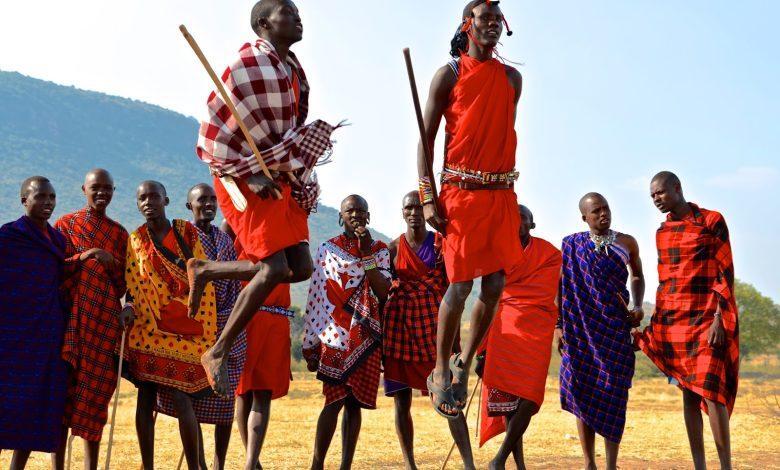
Unique Jump Style of Maasai Men Decoded: Study
The Maasai people, an indigenous ethnic group from East Africa, have long been known for their impressive jumping abilities. Their traditional jumping style, known as “adumu,” is an integral part of their cultural heritage and is often performed during ceremonial events and competitions. Recently, a team of researchers from the University of Cambridge and the University of Nairobi conducted a study to decode the unique jump style of Maasai men. The findings, published in Scientific Reports, reveal that their jumping technique is focused more on explosive force and efficiency than height.
The Science Behind Maasai Jumping
The study, led by Dr. Fiona C. Wheeler, a biomechanics expert from the University of Cambridge, used advanced motion capture technology to analyze the jumping style of 20 Maasai men from Kenya. The researchers recorded the men’s jumping movements and then used computer simulations to analyze the biomechanics of their technique.
The results showed that Maasai men use a unique combination of muscle structure, tendon length, and take-off strategy to generate explosive force and efficiency. Unlike Western styles of jumping, which focus on vertical height, the Maasai technique emphasizes horizontal distance and power.
Lean Muscle Structure
One of the key factors contributing to the Maasai men’s unique jumping style is their lean muscle structure. Compared to Western athletes, Maasai men have relatively less muscle mass, but their muscles are more efficient and powerful. This is due to their traditional lifestyle, which involves frequent physical activity, such as herding cattle and running long distances.
Long Tendons
Another key factor is the length of their tendons. Tendons are the connective tissues that connect muscles to bones. In Maasai men, the tendons are longer than those found in Western athletes, which allows them to store more energy and release it more efficiently during jumping.
Quick Take-Off
The Maasai men’s take-off strategy is also unique. They use a rapid, explosive movement to generate force, which allows them to jump longer distances with less energy. This is in contrast to Western athletes, who tend to use a slower, more controlled movement to generate force.
Cultural Significance
The Maasai men’s jumping style is not only a reflection of their biomechanical advantage but also a cultural practice. Jumping is an integral part of Maasai ceremonies and competitions, and it is often performed to demonstrate strength, agility, and endurance.
In Maasai culture, jumping is also a way to connect with the ancestors and to show respect for the land and the community. The study’s lead author, Dr. Wheeler, notes, “The Maasai men’s jumping style is not just a physical feat but also a cultural expression of their identity and heritage.”
Implications for Sports and Fitness
The study’s findings have implications for sports and fitness enthusiasts around the world. By analyzing the biomechanics of the Maasai men’s jumping style, researchers can develop new training methods and techniques that can improve athletic performance.
For example, incorporating exercises that target the muscles used in the Maasai jumping style, such as the calf muscles and the muscles of the lower leg, could improve explosive power and efficiency. Additionally, using a rapid, explosive take-off strategy could improve jumping distance and height.
Conclusion
The unique jump style of Maasai men is a testament to the importance of cultural heritage and traditional practices. By decoding the biomechanics of their jumping technique, researchers can gain a deeper understanding of the cultural significance of this traditional practice and develop new training methods that can improve athletic performance.
The study’s findings also highlight the importance of considering cultural and traditional practices when developing sports and fitness programs. By incorporating elements of traditional practices, such as the Maasai men’s jumping style, into modern sports and fitness programs, we can create more effective and culturally sensitive training methods.
Source
https://thepfc.club/blogs/news/the-science-behind-maasai-jumping-what-makes-them-so-unique






